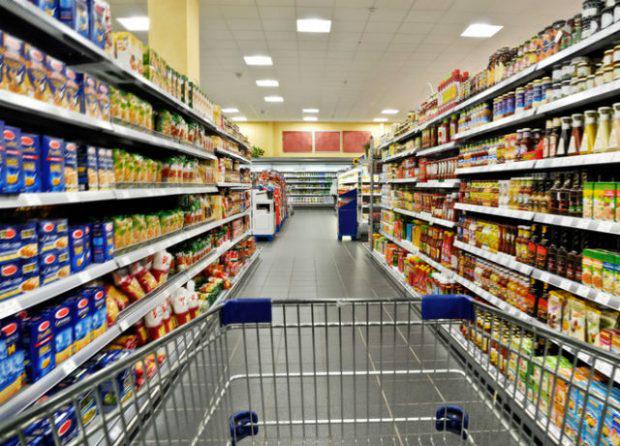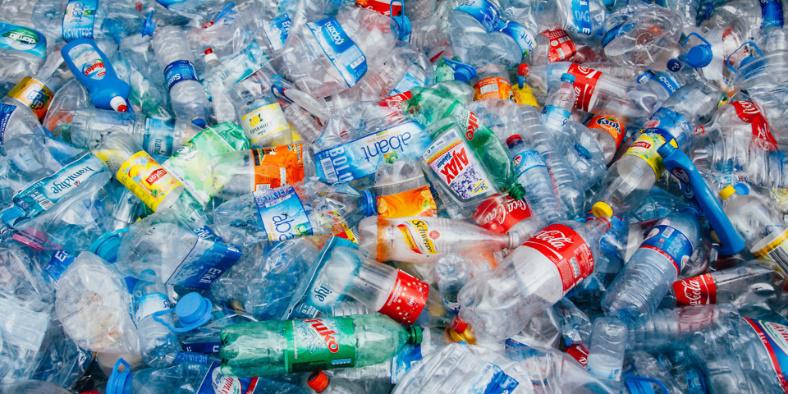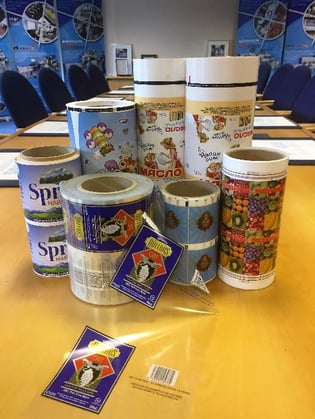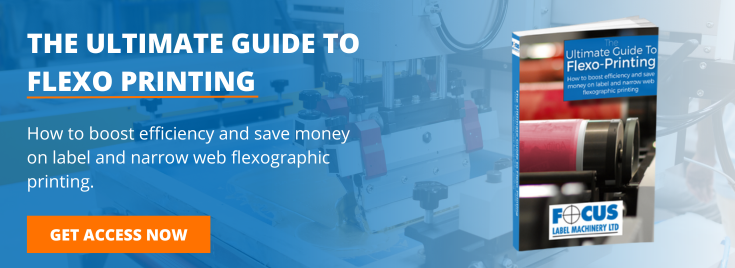
The food packaging industry is undergoing something of a cultural shift at present, driven by concerns about sustainability, the saturation of the food market itself, and the increased need to create attractive, cost-effective packaging, which does not inconvenience consumers. This has led to substantial growth in flexible packaging. Flexible packaging encompasses pouches, sachets, bags and other non-rigid packaging types. In this blog post, we examine some of the key advantages of switching to flexible packaging for food products.
1) Sustainability
A growing number of consumers are extremely concerned with sustainability and will actively avoid food products with non-sustainable packaging. This is one area where flexible packaging can be extremely beneficial. According to research published in the USA by the Flexible Packaging Association, using juice packaging as a comparison point, a flexible pouch results in lower fossil fuel consumption, lower CO2 emissions and lower landfill usage than the main alternatives, including PET bottles, aluminium cans and glass bottles.

2) Customisation
Another major advantage associated with flexible packaging is its scope for customisation, as it can be tailor-made to a variety of shapes, in order to accommodate a wide range of product types. This customisation can be further enhanced through the central impression flexographic machines offered by Focus Label Machinery, as these are ideal for high-quality, high-volume printing on demanding substrates, including flexible packaging. This then facilitates the creation of attractive, bespoke food packaging products, with quality labels that appeal to consumers.
3) Cost Benefits
There are also a number of different cost-related benefits linked to the adoption of flexible packaging. For example, in many cases, less material is required to make the packaging. In addition, it is estimated that flexible packaging can lead to space savings of as much as 20 percent. This could result in savings linked to storage space, and can also lead to reduced transportation costs, as greater quantities of a product can be transported at once.
 |
4) ConvenienceFinally, flexible packaging also has the advantage of being extremely convenient for the majority of customers, delivering on precisely what they require. In fact, industry research shows that the top five priorities for consumers when it comes to packaging are that it should be: a) Easy to store, b) Able to be resealed, c) Easy to open, d) Able to extend product life, and e) Easy to carry or move around. Flexible packaging has the capacity to deliver on all five counts and will noticeably outperform more rigid packaging types in most of these areas as well. |
The Last Word
In an age where consumers are increasingly concerned with convenience and sustainability, flexible packaging can be the ideal option for those in the food industry. Focus Label Machinery's flexographic printing solutions can further enhance the quality of flexible packaging, by facilitating high-quality printing on the packaging itself. Each of our machines is designed and built to meet individual customers' unique requirements. You can find out more information by downloading our ebook, The Ultimate Guide to Flexo-Printing.






